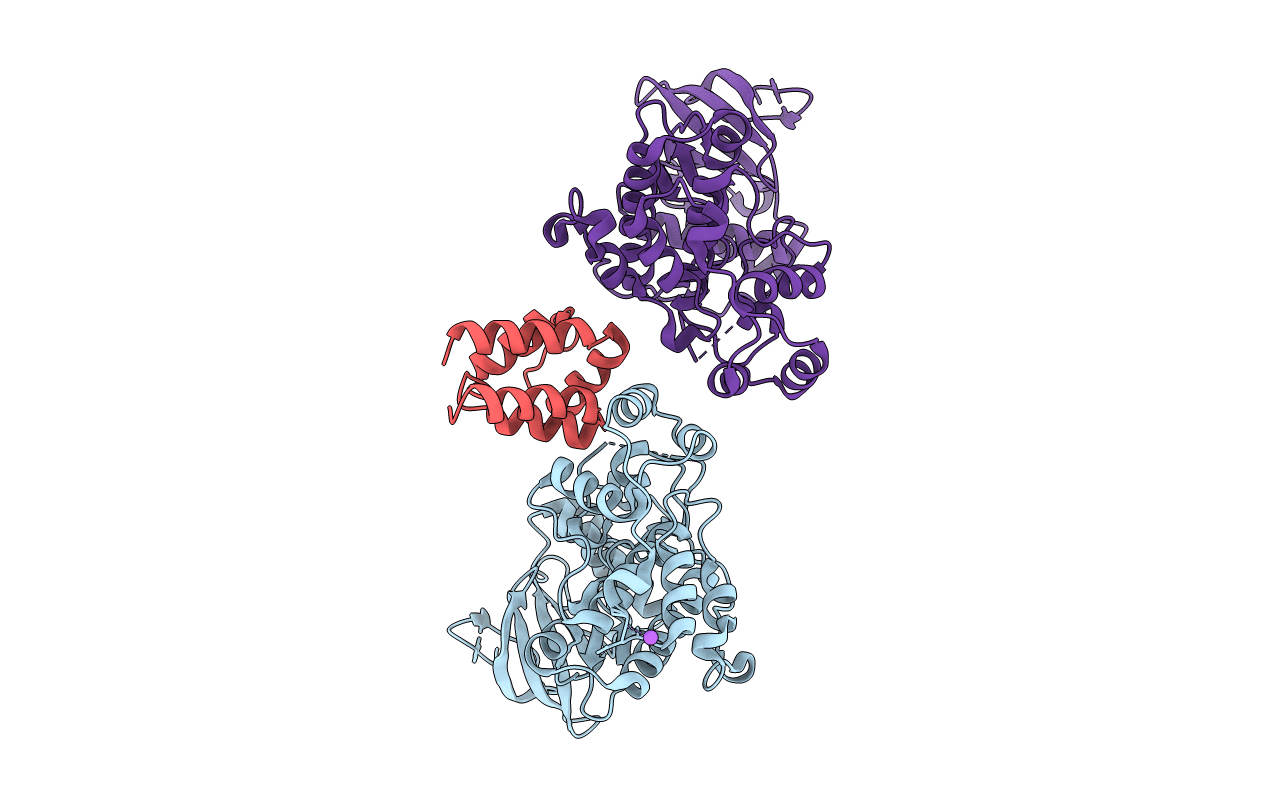
Deposition Date
2013-01-29
Release Date
2013-04-10
Last Version Date
2024-02-28
Entry Detail
PDB ID:
4IZ7
Keywords:
Title:
Structure of Non-Phosphorylated ERK2 bound to the PEA-15 Death Effector Domain
Biological Source:
Source Organism:
Homo sapiens (Taxon ID: 9606)
Cricetulus griseus (Taxon ID: 10029)
Cricetulus griseus (Taxon ID: 10029)
Host Organism:
Method Details:
Experimental Method:
Resolution:
1.80 Å
R-Value Free:
0.22
R-Value Work:
0.18
R-Value Observed:
0.18
Space Group:
P 21 21 2


